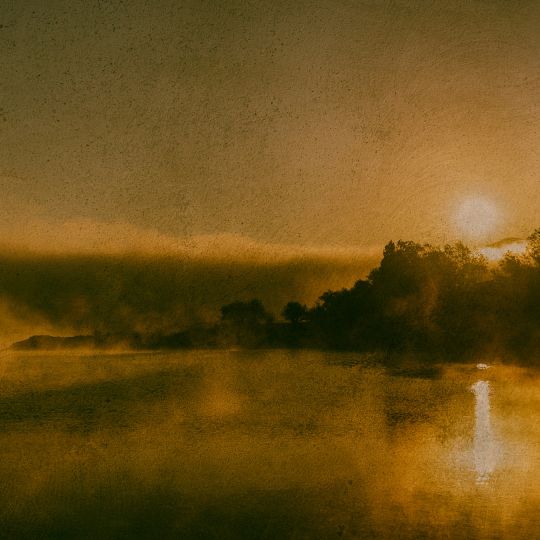At first glance, the photography of Bernard Pierre Wolff seems to be in the tradition of postwar photojournalism. Like the Magnum photographers, and Henri Cartier-Bresson in particular, Wolff always felt that the talent of the photographer was to impose a latent order on that reality which appeared incoherent. Like them, he went around the world in search of the universal image capable of delivering an instant account of a situation or event. One finds in each of his photos a concern for composition and formal perfection. But he also learned the lessons of artists like Robert Frank and Charles Harbutt: that “everything henceforth can be photographed”the ugly, the banal, the insignificant”. From this perspective, the streets of New York, with their procession of unfathomable faces and their incongruous and often unbelievable fauna, became a rich subject for observation. Beginning in 1974 and for more than four years, Wolff surveyed the city in every sense, photographing all that could be photographed: the weirdos, the druggies, the transvestites, but also the most ordinary scenes of life. He photographed like others smoke opium or hash-daily, with rapture and sensual pleasure, transforming his art into a hallucinatory experience little by little. Wolff’s New York work, along with later work from India and Japan, succeeds in capturing a world simultaneously intimate and universal.
Jean-Luc Monterosso, director, L’Espace Photographique de Paris.
Bernard Pierre Wolff died January 28, 1985, at the age of 54. Though he was well known in New York for 20 years, Wolff was just being discovered in his native France when he died. He had two exhibitions during the annual Mois de la Photo, in 1986 and 1987, and published two books of photography, In India and New York Macadam.
















